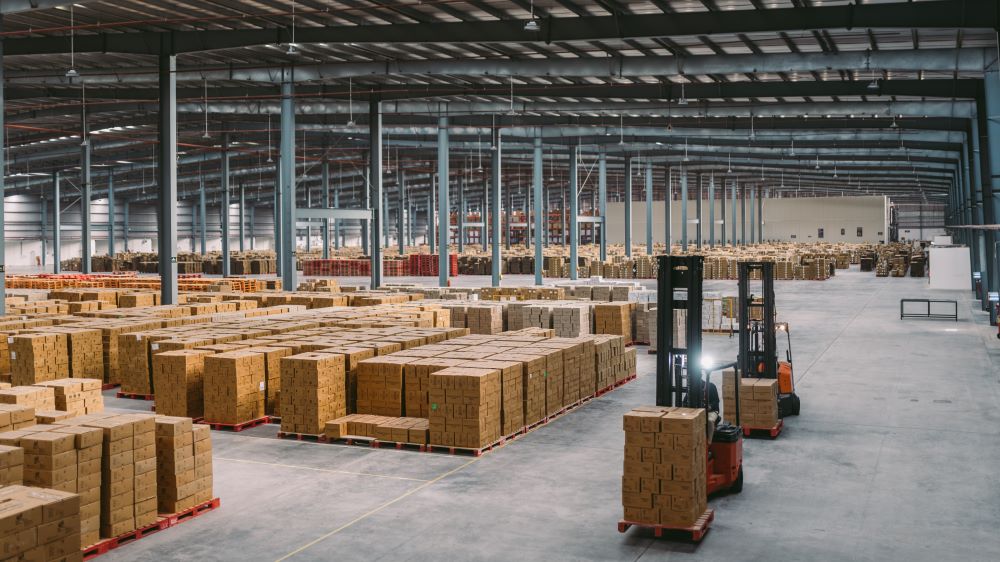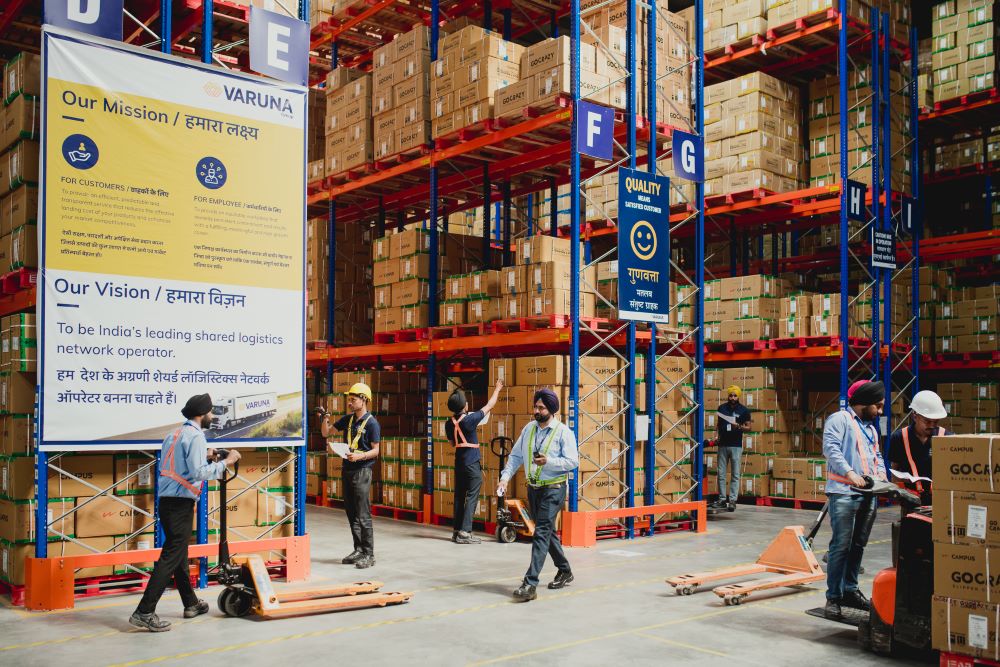By Vivek Juneja, Founder and Managing Director at Varuna Group

As the backbone of global trade and commerce, supply chains are undergoing rapid and transformative shifts. Over the past few decades, they have been shaped by technological advancements, shifting consumer demands, and evolving geopolitical landscapes.
The future of supply chains in India is likely to be shaped by a convergence of new technologies, governmental reforms, and shifting market dynamics that will position the country as a key player in the global supply chain ecosystem.
Technological Revolution: Digital Supply Chains and Automation
The integration of advanced technologies, such as Artificial Intelligence (AI), the Internet of Things (IoT), blockchain, and robotics, will play a crucial role in the future of supply chains in India. Digital supply chains, powered by AI and machine learning, offer predictive analytics capabilities, enabling companies to forecast demand with precision, optimise inventory levels, and streamline operations.
Indian companies are increasingly adopting IoT to enable real-time tracking and monitoring of goods, ensuring greater transparency across the supply chain and reducing the risk of disruptions. This trend not only enhances operational efficiency but also strengthens customer trust. On the other hand, Blockchain technology offers secure and transparent data management, ensuring that stakeholders in the supply chain have access to verified, tamper-proof information at every stage. This transparency will be particularly beneficial in pharmaceutical industries, where traceability and authenticity are crucial. In the near future, the Indian supply chain industry is likely to see a marked increase in automation, with robotics aiding warehousing, packaging, and transportation—ushering in a new era of efficiency and precision.

Government Reforms and Infrastructure Development
The Indian government has recognised the strategic importance of an efficient supply chain ecosystem and has launched several initiatives to improve infrastructure and ease of doing business. The National Logistics Policy (NLP) and Gati Shakti programmes represent landmark efforts to streamline logistics and reduce costs.
Historically, logistics costs in India have been significantly higher than the global average, posing a competitive disadvantage for Indian businesses. Through initiatives like the NLP, the government aims to bring logistics costs in line with international standards by promoting multimodal connectivity, infrastructure enhancement, and reduced inefficiencies.

The Gati Shakti , in particular, focuses on improving multimodal transport networks, encompassing roadways, railways, ports, and airports. This emphasis on infrastructure will prove vital for India’s supply chain development, creating a smoother, more efficient flow of goods across the country. By reducing bottlenecks, these reforms pave the way for a robust supply chain environment that can support India’s ambitious economic growth trajectory.
Resilience and Risk Management: The Post-Pandemic Outlook
The COVID-19 pandemic exposed vulnerabilities in global supply chains, prompting a worldwide reassessment of risk management strategies. In India, companies are now prioritising resilient and agile supply chain models that can withstand future disruptions. This shift involves diversifying supplier bases, utilising digital tools for real-time visibility, and establishing contingency plans for effective risk mitigation.
A notable trend in risk management is the shift from just-in-time (JIT) to just-in-case (JIC) inventory models, with companies maintaining higher inventory levels to prevent shortages during disruptions. The adoption of collaborative platforms is also on the rise, enabling seamless information sharing across stakeholders, from suppliers to manufacturers and distributors. This real-time data sharing facilitates end-to-end visibility and minimises the impact of unexpected challenges. As companies build more resilient systems, they enhance their capacity to respond swiftly to market changes, strengthening their overall supply chain integrity.
Sustainability and Green Supply Chains
Sustainability is rapidly becoming central to the future of supply chains, as Indian companies face increasing pressure from consumers, investors, and regulatory bodies to minimise their environmental impact. The shift towards greener supply chains is marked by various strategies, including adopting energy-efficient technologies, waste reduction practices, and a focus on circular economy principles.
Logistics providers are increasingly investing in electric vehicles (EVs) and alternative fuels to reduce greenhouse gas emissions while sustainable packaging solutions and eco-friendly warehousing practices gain traction. The Indian supply chain of the future will likely prioritise sustainability as a key metric of success, with companies striving to reduce their carbon footprint and actively contribute to the country’s environmental goals.
E-commerce Boom and Last-Mile Delivery Innovation
The rapid expansion of e-commerce in India is revolutionising supply chains, particularly in the last-mile delivery segment. With consumer expectations for fast, reliable, and even same-day delivery, businesses are innovating around hyper-local fulfilment models. Micro-warehousing, dark stores, and drone deliveries are emerging as viable solutions to meet the demands of digitally savvy customers.
Micro-warehousing—small, strategically located warehouses near high-demand areas—helps companies reduce delivery times and streamline operations. Dark stores, which function as fulfilment centres rather than traditional retail stores, are also gaining popularity for efficient last-mile logistics. Additionally, India is exploring the use of drones to overcome last-mile delivery challenges in remote and densely populated areas. This advancement holds promise for a country with a vast and diverse geography.
India’s Supply Chain Evolution
India’s supply chain sector is poised for substantial transformation, driven by technological advancements, government initiatives, and the country’s strategic positioning in the global market. As these elements converge, India’s potential to become a leader in supply chain innovation and efficiency becomes increasingly evident. Advancements across digital technologies, infrastructure, and sustainable practices support the country’s vision of becoming a global supply chain hub.
India’s supply chain ecosystem will likely witness an evolution in how goods are produced, transported, and delivered. From factory floors to last-mile logistics, every component of the supply chain is on the cusp of change. By embracing this transformation, India is set to solidify its position as a critical player in the global supply chain network, driving economic growth and resilience across borders.